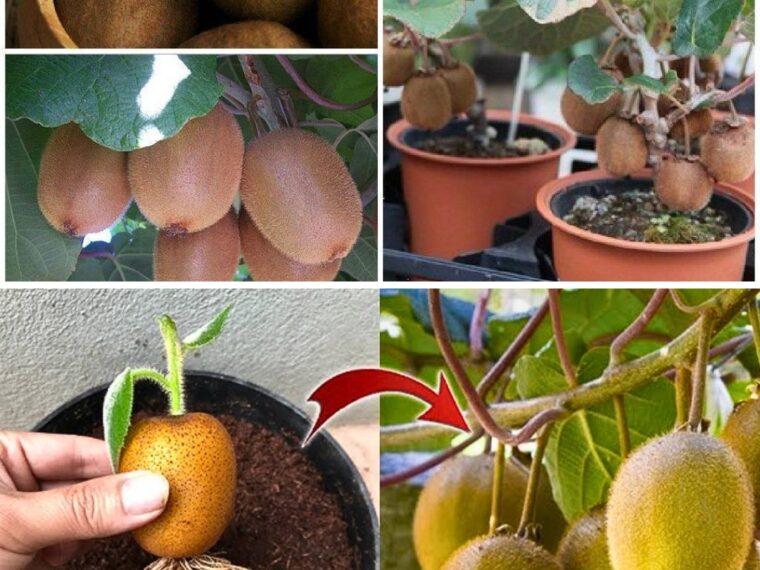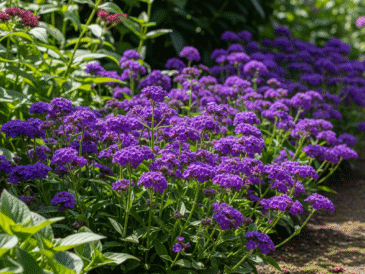4. Planting the Kiwi
Once you’ve prepared your pot and soil, it’s time to plant your kiwi.
Step 1: Planting
- Fill the pot about two-thirds full with the prepared soil mix.
- Place the kiwi plant in the center of the pot, making sure the root ball is level with the soil surface.
- Fill in around the roots with more soil mix, gently pressing it down to eliminate air pockets.
- Leave about 1-2 inches (2.5-5 cm) of space at the top of the pot for watering.
Step 2: Watering
- Water the plant thoroughly after planting to help settle the soil around the roots.
- Ensure that the soil remains consistently moist but not soggy, as kiwi plants do not tolerate dry conditions or waterlogged soil.
5. Providing Support
Kiwi plants are vigorous climbers and require strong support to grow properly.
- Trellis or Stakes: Install a trellis, stakes, or a wire frame in the pot at the time of planting. This will give the kiwi plant something to climb as it grows.
- Training: As the plant grows, gently tie the main stem to the support structure. Regularly prune side shoots to encourage vertical growth and prevent the plant from becoming too bushy.
6. Care and Maintenance
Proper care is essential to ensure healthy growth and fruit production.
- Sunlight: Kiwi plants need at least 6-8 hours of direct sunlight each day. Place the pot in a sunny location, such as a south-facing balcony or patio.
- Watering: Keep the soil consistently moist, but avoid overwatering. Water when the top inch of soil feels dry to the touch.
- Fertilizing: Feed the plant with a balanced, slow-release fertilizer in the spring and mid-summer. Avoid over-fertilizing, as too much nitrogen can reduce fruit production.
- Pruning: Regular pruning is necessary to maintain the plant’s shape and encourage fruiting. Prune in late winter or early spring before new growth begins, removing any dead, damaged, or overcrowded branches.
7. Pollination and Fruit Production
TO CONTINUE READING PLEASE SEE NEXT PAGE




